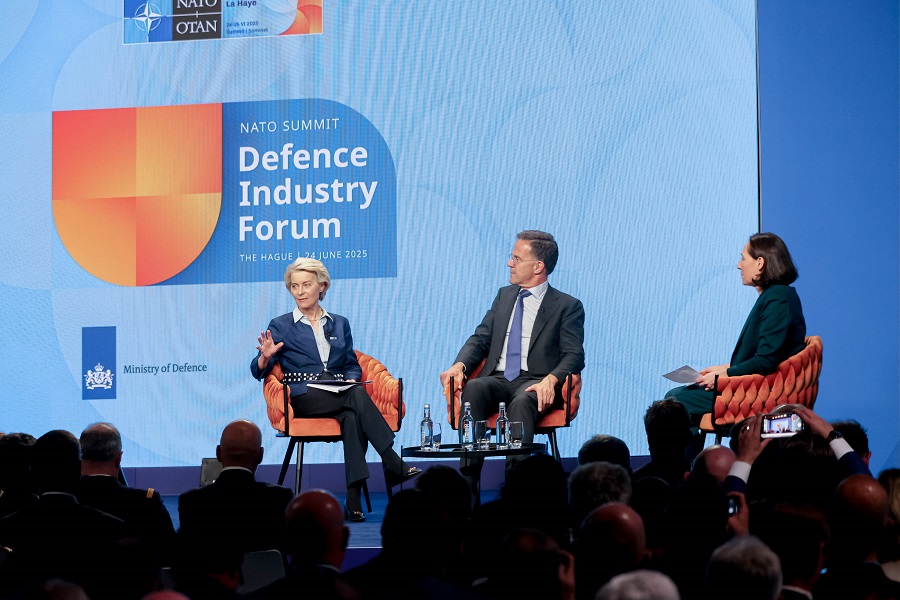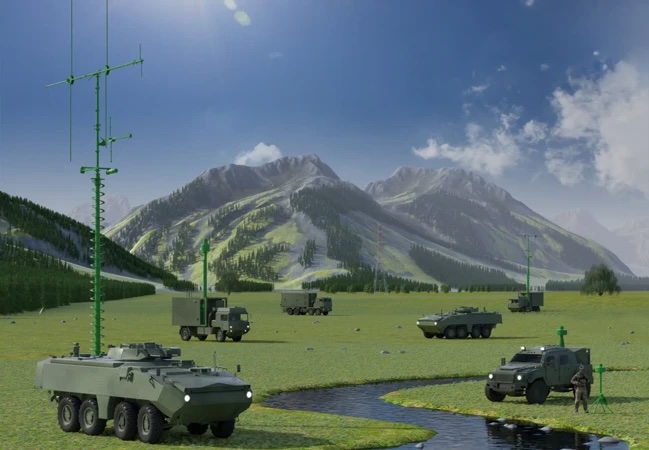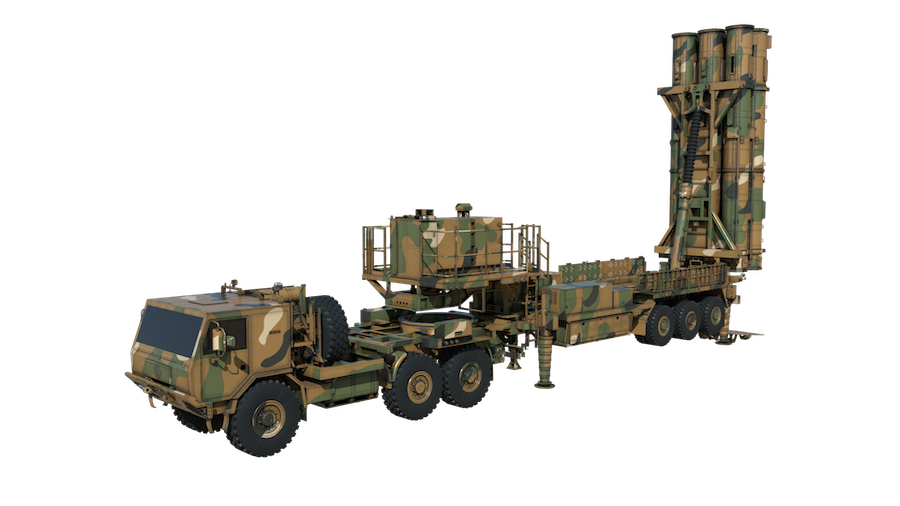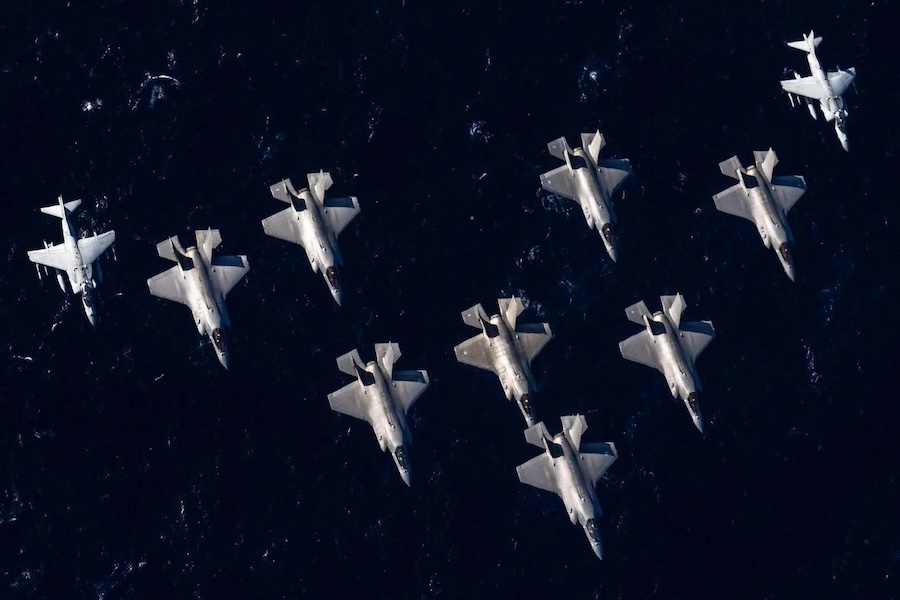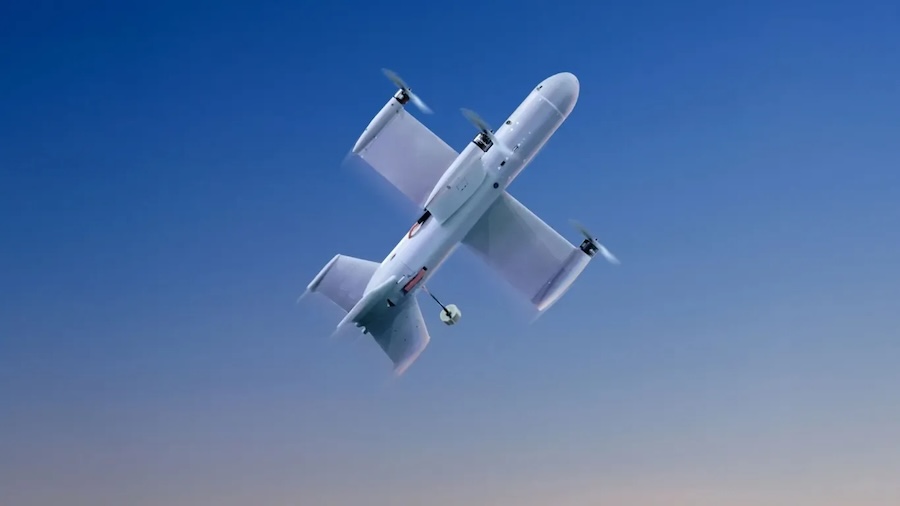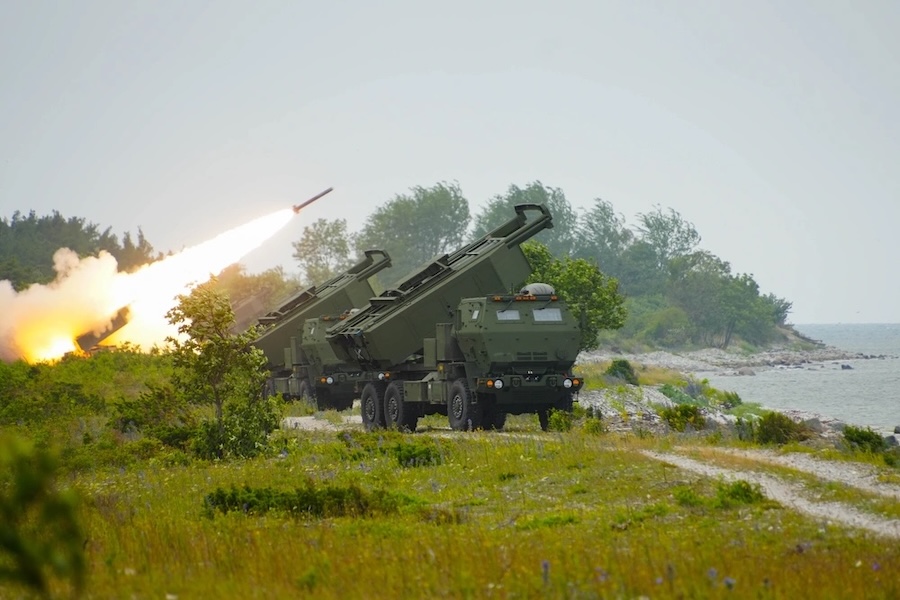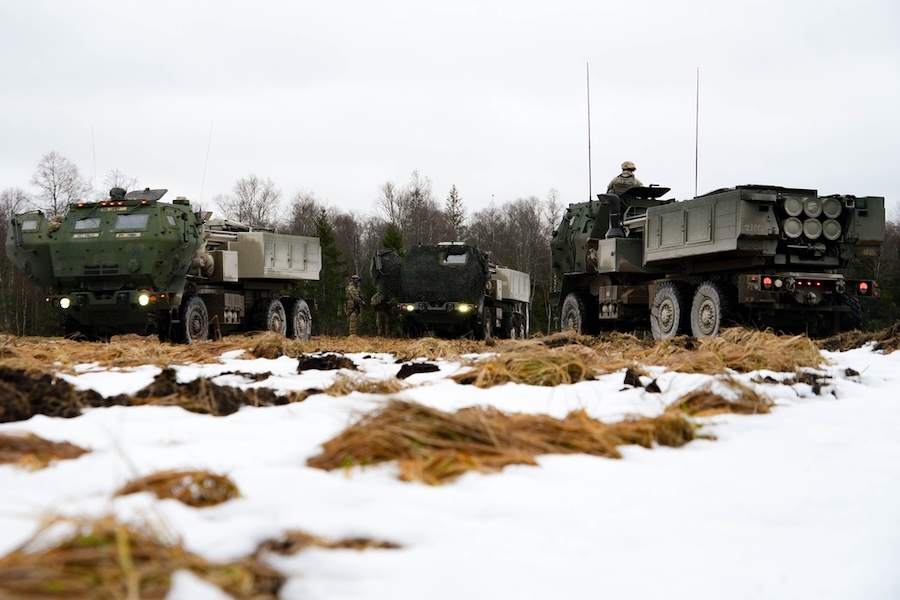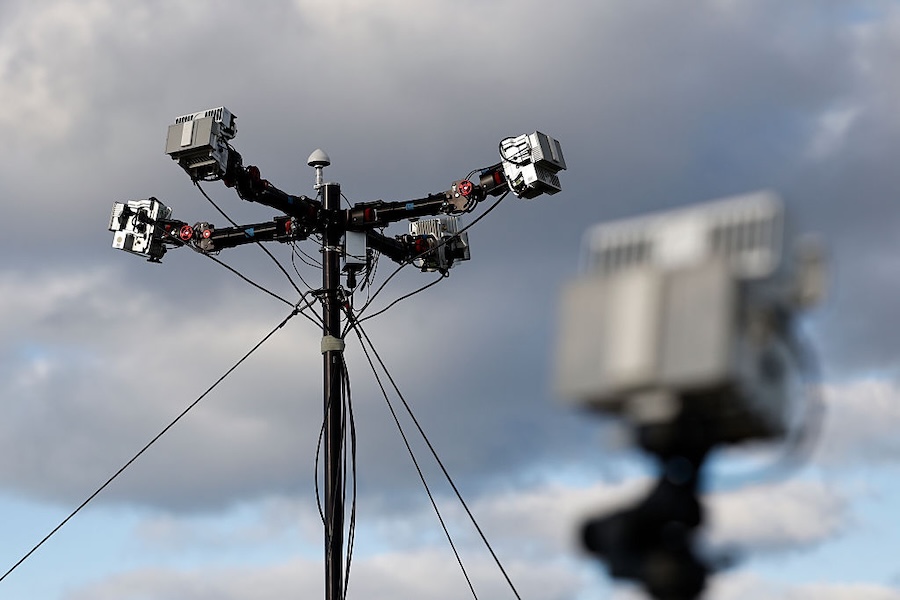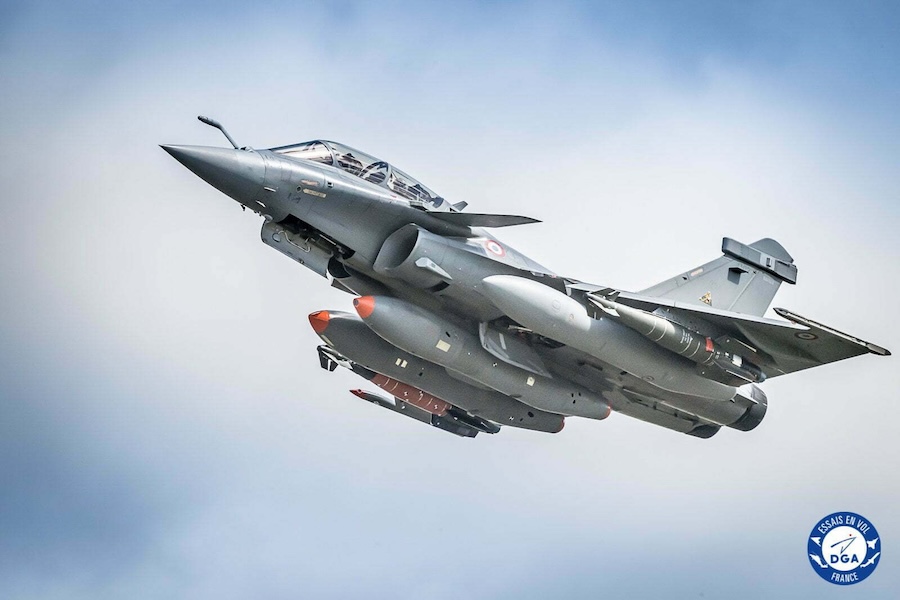Von der Leyen praised European manufacturers for adapting rapidly to the realities of war on the continent, noting: “In record time, you have managed to open new lines and step up production.” She described the current international landscape as undergoing “a once-in-a-generation tectonic shift,” requiring a strong and united European response.
Recent EU defence measures were highlighted, including the €650 billion ReArm Europe Plan and the €150 billion SAFE instrument for joint defence procurement. “Readiness 2030 is €800 billion over the next four years to be invested in defence,” she confirmed.
She stressed that the quality of investment is as important as the quantity, referencing changes brought by Russia’s full-scale invasion of Ukraine. “Battles have been won and lost because of software, jamming systems and AI,” she said, underscoring the urgent need to modernise legacy systems.
Von der Leyen outlined three strategic areas where the EU can contribute significantly to NATO’s defence capability. First, she emphasised supporting innovation by bridging “the gap between primes and start-ups,” and pointed to the establishment of a Defence Innovation Office in Kyiv.
Since the start of the war, investment in European defence tech start-ups has increased by 500%, but von der Leyen acknowledged that funding challenges remain. “We must get better at this,” she urged, adding that start-ups must be able “to grow here in the European Single Market.”
Second, she called for greater synergy between civilian and military technology sectors, especially in dual-use technologies like chips, software, and satellites. “We will allow dual-use projects to access our new AI Gigafactories,” she announced, alongside reforms to extend access to the European Innovation Council Fund.
Third, von der Leyen stressed the need to create conditions for scale and speed in defence production. “With our SAFE loans, we incentivise joint procurement and long-term contracts,” she explained, saying this would provide the predictability needed by industry.
SAFE, she added, is open not just to EU members but also to partners like Ukraine, the UK, Japan, Norway, and South Korea. “Yesterday we signed the Security and Defence Partnership with Canada,” she confirmed, reinforcing Europe’s commitment to trusted international collaboration.
In her closing remarks, von der Leyen warned that “Russia will be capable of testing our mutual defence commitments within the next five years.” She said Europe must achieve “Readiness 2030” through innovation, unity and determination, and concluded with a rallying call: “Together, we can deter everyone who seeks to do us harm. For a stronger NATO, and a stronger and safer Europe.”




